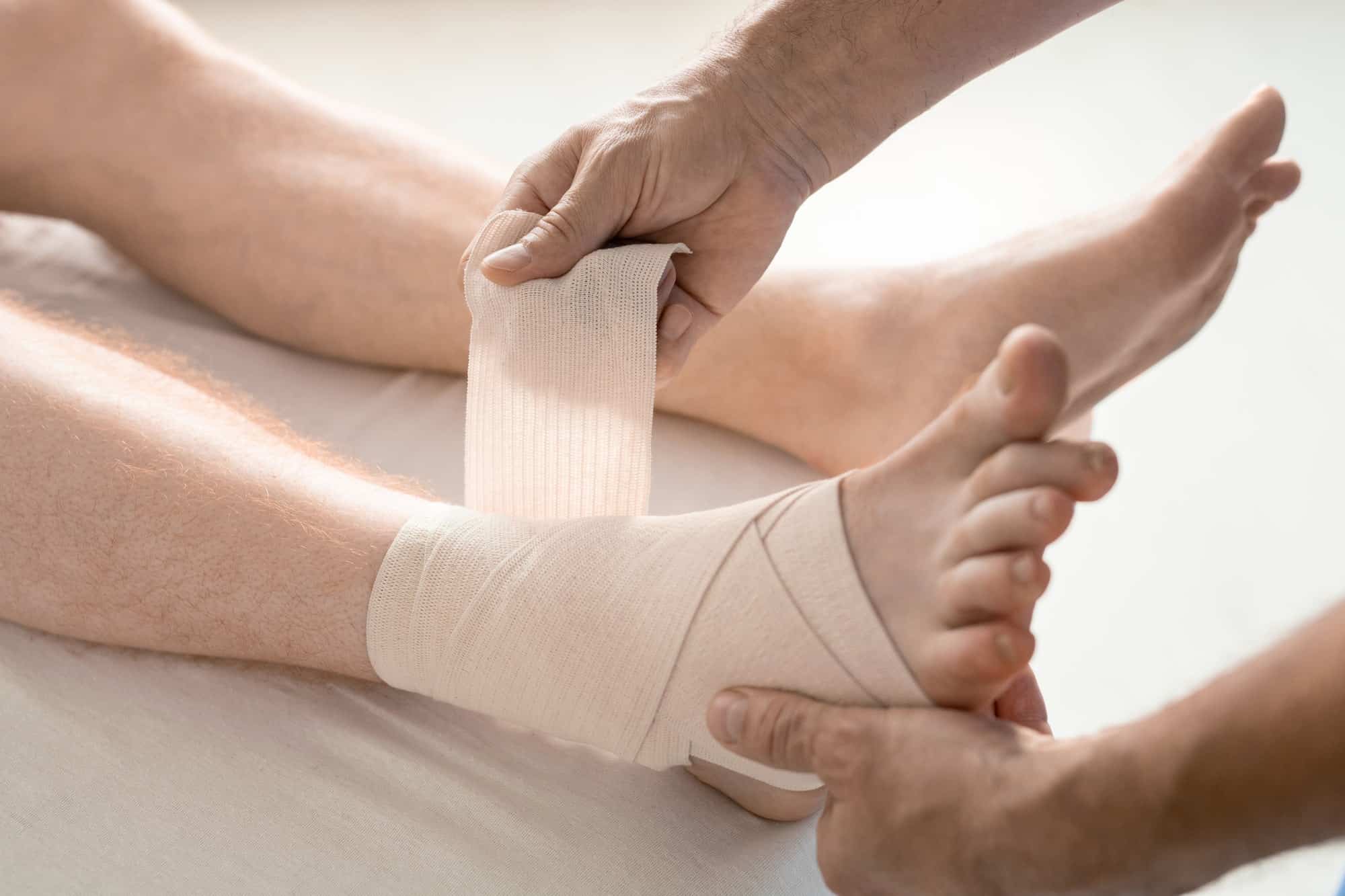Have you been following this series on lymphedema?
To get the most out of your learning, please read part 1, part 2, and part 3 first.
Why a 4-part Series on Lymphedema?
“How do I prevent lymphedema?”
In my nearly 13 years of working in cancer rehabilitation, this continues to be one of the most common questions I get from my clients. Unfortunately, this question is often fuelled by fear and anxiety that has, in part, been created by the shocking amount of misinformation and extreme generalizations created by internet sites showing pictures of “worst-case scenarios.”
As I’ve mentioned in a previous blog post, lymphedema is a lifelong diagnosis. We also know that lymphedema is much more manageable if diagnosed and treated early. As a result, knowledge is critical in both reducing your risk and identifying lymphedema early (if it occurs) so you can access treatment early. I know I say this frequently, but “knowledge is power.”
Lymphedema Stages
The signs of lymphedema are explained below:
Stage
Description
ZERO
ONE
TWO
THREE
(Note: It is EXTREMELY uncommon for cancer-related lymphedema to progress to this stage of lymphedema, as it is typically addressed before it progresses to this point.)
At this stage, the affected area of the body is significantly enlarged, with substantial areas of thickening/fibrosis (some describe it as a “leathery” feel). Wounds and ulcers are also common.
Signs vs Symptoms
The traditional signs of lymphedema are related to more advanced Lymphedema stages (1-3), as described above.
They are:
- Visible swelling (that may come and go)
- Unable to clearly see the outline of veins, tendons or wrinkles (when compared with the other side)
- Jewellery or clothing may feel tight on one side
- Pitting edema
- Tissue thickness (called fibrosis)
Thankfully, some research has shown that certain symptoms may occur in early-stage lymphedema (stage 0) before swelling is even visible.
These symptoms can include feelings of:
- Heaviness
- Fullness
- Tightness
- Aching
- Tingling
- Soreness
It’s important to note that, not everyone in healthcare is aware of these early-onset symptoms. As a result, you are your best advocate if you are concerned that something is feeling “out of the ordinary.” It is always important to notify your medical team of any changes to your health, but I would strongly encourage you to also be assessed by someone knowledgeable in lymphedema to see if you are developing early-stage lymphedema. (Note: Assessment by a skilled and knowledgeable lymphedema therapist is important as these symptoms could equally be caused by other things.)
Treatment
Complete Decongestive Therapy (CDT) is the gold standard for lymphedema treatment. A Certified Lymphedema Therapist (CLT) will use the 4 pillars of CDT to help their clients treat and manage their symptoms.
These include:
- Compression therapy
- Manual lymphatic drainage
- Exercise
- Skin care
In addition, education about self-care and lifestyle modifications (if required) are also part of an ongoing plan to manage symptoms. With the treatment and support of an informed healthcare team, excellent quality of life can be maintained and more serious health concerns can be avoided. Lymphedema can be treated at any stage, but the sooner it is identified, the easier it is to treat.
Conclusion: Your Toolbelt
I hope this in-depth series on lymphedema has provided you with new knowledge to help you understand how your lymphatic system works, how to reduce your lymphedema risk after cancer and how to detect lymphedema early.
It is my hope that these news tools in your toolbelt arm you with accurate knowledge to ease your fears and anxiety surrounding lymphedema so you can “control your controllables” while living life to the fullest!
Be informed, make wise choices and go have fun!
Please don’t hesitate to contact me if you have any questions or concerns.
Disclaimer – These blogs are for general information purposes only. Medical information changes daily, so information contained within these blogs may become outdated over time. In addition, please be aware that the information contained in these blogs is not intended as a substitute for medical advice or treatment and you should always consult a licensed health care professional for advice specific to your treatment or condition. Any reliance you place on this information is therefore strictly at your own risk.





